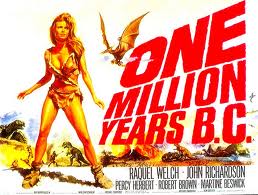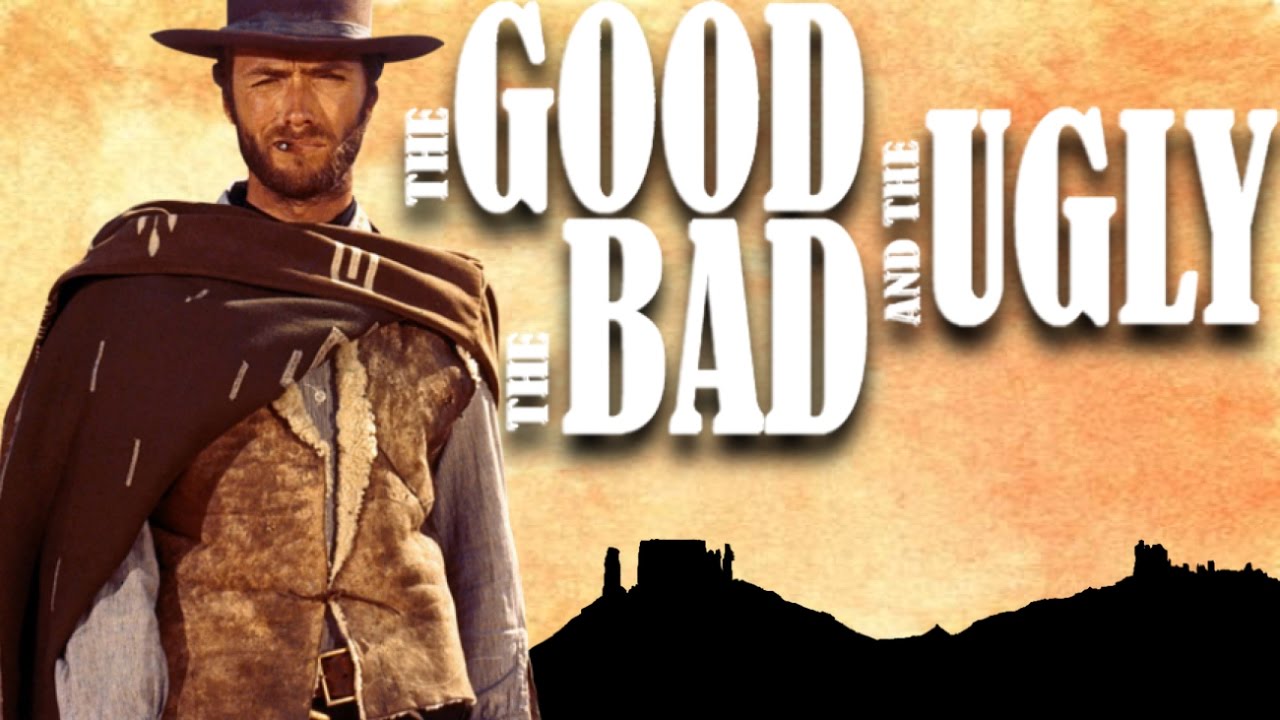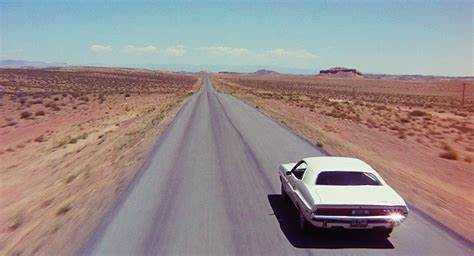“I searched for an intelligent quote about acting spoken by an actor, but I found nothing suitable. I wonder if that’s because they’re all actors.” – Jeff Michaels
What most observers consider to be the Golden Age of Hollywood was already in the distant past by the time I was in my childhood years. And yet, I have been well entertained by this medium throughout my life, with most films I see being carefully selected based on plot, character development, and underlying message.
The first film I remember seeing was One Million Years BC when I was perhaps nine years old. The special effects were not so special, but this was the film that made Raquel Welch a star, though not necessarily for her acting. Not that I noticed – hey – I was only nine!

Dad was in the Air Force and in 1969 we were stationed on the island of Okinawa. The Naha Air Force Base movie theater was a center for family entertainment, and I believe the ticket prices were a dollar for adults and fifty cents for children. We had the opportunity to see several westerns, including Bandolero! (Dean Martin, Jimmy Stewart, and Raquel Welch) and The Good, The Bad, and The Ugly (Clint Eastwood, Eli Wallach, Lee Van Cleef).
Dean Martin was arguably known more for his humorous antics, especially when partnered with Jerry Lewis, but his acting ability may have been under-appreciated. Clint Eastwood is one of the finest actors of our time and if one watches Good, Bad, Ugly with an analytical eye, this will become quite clear. Concerning his portrayal of the nameless character in that film, he said the following:
I wanted to play (the role) with an economy of words and create
this whole feeling through attitude and movement. It was just
the kind of character I had envisioned for a long time, keep to
the mystery and allude to what happened in the past… I felt
the less he said, the stronger he became and the more he
grew in the imagination of the audience.
This philosophy of acting can be accomplished by few actors today, but Eastwood has it perfected. The approach is clearly seen in his later film, High Plains Drifter, where economy of words, combined with elements of deep mystery provide a unique and artistic blend of storytelling, one that is rarely seen in contemporary moviemaking.

My younger teen years included few visits to a movie theater, so what could be found on television was about it, especially in the early 70s! However, there were choices, most of which were not to my liking. Movies are all about storytelling and there certainly is an art in weaving a tale that captures the imagination. The story includes setting, scene, and compelling characters, but plot is everything. Two television movies left a deep impression.
The first was Duel (Dennis Weaver), where David Mann drives a small, slow, family style Plymouth Valiant on a western business trip and encounters a tanker truck that tries to kill him for no clear reason. The viewer never sees the truck driver, adding to the suspense. This was Steven Spielberg’s first film credit as the director.
The other was Vanishing Point (Barry Newman). In this film, the character of Kowalski is the driver of a 1970 Dodge Challenger R/T 440 Magnum from Denver to San Francisco. There’s plenty of fast driving, but some definite social commentary as well, though I did not recognize that aspect of the film until watching it for a second time years later as an adult.

In my early Columbus, Ohio college days I was able to see several films that left an impression including Carrie (Sissy Spacek) and Rocky (Sylvester Stallone). Both films were sold out when I saw them, and there were at least 200 people in the theater.
What I remember about Carrie is the final sequence. The scene shifts to a cemetery with soothing music quietly playing in the background. Then there was the final shocking split second that caused the entire audience to let out a collective gasp of horror. That moment was memorable!
As for Rocky, released in 1976, it was, in my opinion, a true classic. The storyline seemed unique at the time and Stallone played his role wonderfully. The musical score was unforgettable, especially during the scene where Rocky runs along the streets of Philadelphia, hundreds of adoring fans chasing along behind, and culminating with his triumphant sprint up the steps of the Philadelphia Art Museum. This was artistic and inspirational moviemaking at its finest!

The term ‘cult classic’ has been overused, but for The Rocky Horror Picture Show (Tim Curry, Susan Sarandon, Barry Bostwick), the moniker is more than appropriate – it fits. I had the distinct displeasure of seeing this film at a downtown Syracuse, NY theater in 1978, an experience that was far from culturally enriching. The theater was sold out with people dressed in costume, quoting key lines together with the characters in the film, and shouting all manner of uncouth responses in unison. Most had brought bags filled with various small props and they all seemed to know which prop to bring out at certain points in the film. It was out-of-control wild, and frankly, I hated the experience. Not at all my preferred form of entertainment. Oh, and the film itself? Tawdry, low class, poorly acted trash…
Tomorrow: Part II of Musing About the Movies – a focus on four recent films and thoughts on the direction of Hollywood moviemaking.
© Jeffery J. Michaels / Plain English Publications 2023
(Quotations allowed with attribution to this blog)
